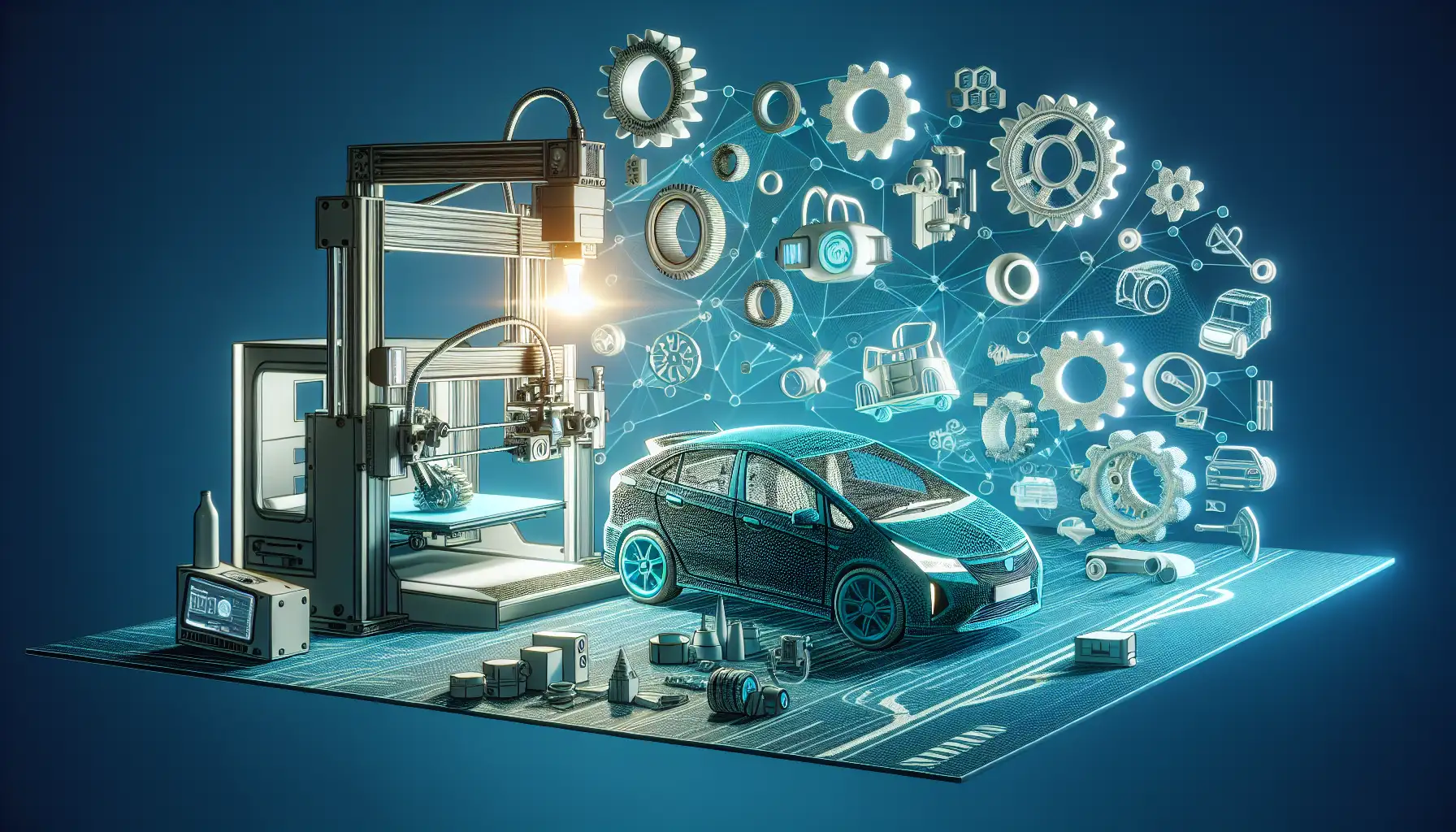Impact of 3D Printing on Sustainable Car Manufacturing
Exploring how additive manufacturing is revolutionizing the automotive industry by reducing waste and energy consumption.

Introduction
In recent years, the automotive industry has been under increasing pressure to adopt more sustainable practices. One of the most promising technologies in this regard is 3D printing, also known as additive manufacturing. This article explores how 3D printing is transforming car manufacturing by reducing waste and energy consumption, making it a crucial component in the quest for sustainability.
Background Information
3D printing involves creating three-dimensional objects from a digital file by layering materials. Unlike traditional manufacturing, which often involves cutting away excess material, 3D printing builds objects layer by layer, minimizing waste. This technology is not only innovative but also aligns with the growing demand for environmentally friendly manufacturing processes.
Detailed Information and Evidence
One of the primary benefits of 3D printing in car manufacturing is its ability to significantly reduce material waste. According to a report by the McKinsey & Company, traditional manufacturing processes can waste up to 30% of raw materials, whereas 3D printing can reduce this waste to less than 10%. Additionally, 3D printing allows for the production of complex parts that are lighter and stronger, contributing to overall vehicle efficiency.
Energy consumption is another critical area where 3D printing offers advantages. The U.S. Department of Energy highlights that additive manufacturing can reduce energy use by up to 50% compared to conventional methods. This reduction is achieved through more efficient use of materials and the elimination of energy-intensive processes like casting and machining.
Guidance and Recommendations
For car manufacturers looking to adopt 3D printing, it is essential to start with components that benefit most from customization and complexity, such as interior parts and engine components. Companies like BMW and Ford have already integrated 3D printing into their production lines, demonstrating its viability and benefits.
When considering 3D printing, manufacturers should also evaluate the long-term cost savings from reduced material waste and energy consumption, which can offset the initial investment in 3D printing technology.
Counterarguments and Considerations
While 3D printing offers numerous benefits, it is not without challenges. The initial cost of 3D printers and the need for specialized training can be barriers to entry. Additionally, the speed of 3D printing is currently slower than traditional methods, which may impact production timelines. However, ongoing advancements in technology are expected to address these issues over time.
Conclusion
3D printing is poised to play a significant role in making car manufacturing more sustainable by reducing waste and energy consumption. As the technology continues to evolve, it offers a promising path forward for the automotive industry to meet environmental goals. For more insights and tools to aid in your car-buying journey, explore CarChooser's resources.
 CarChooser
CarChooser